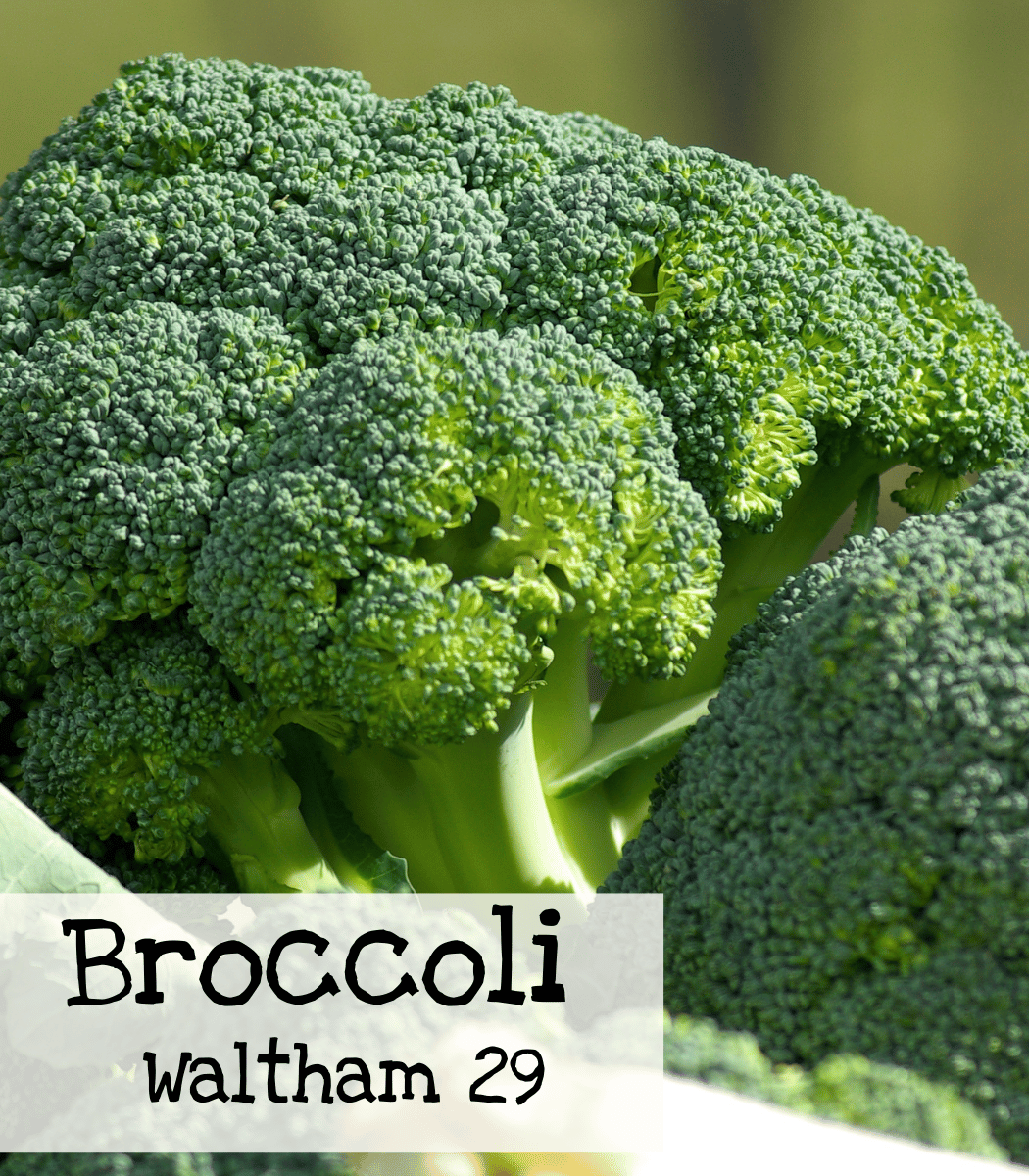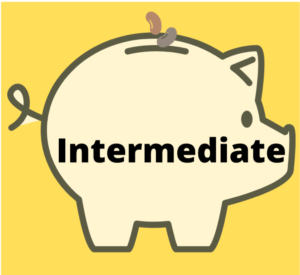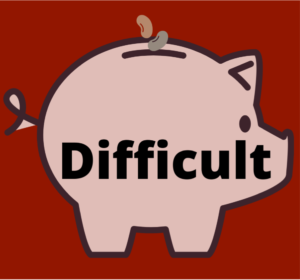
Broccoli
A member of the brassica family, it’s the flowerhead that is harvested. Broccoli is a cool-weather plant that can be planted in the spring or fall.
|
Calabrese Green Sprouting; Waltham 29 |
|
Brassica oleracea |
|
Intermediate |
|
Intermediate to difficult |
|
4-5 years if properly stored |
|
Biennial |
|
7-12 days |
|
None |
|
1/2 inch |
|
20” tall |
|
Full sun, but can tolerate part shade |
|
75 days |
|
4-8” |
|
February and August |
|
Yes |

Growing Tips


5 gal container
When to Start
Spring: Start indoors 6-8 weeks before the last frost. (Feb 15-Mar 15 for GA)
Fall: Start indoors 6-8 weeks before transplanting. (Aug 1-Sep 1 for GA)
How to Start
Start indoors 6-8 weeks before the last frost date in spring. Using sterile, pre-moistened seed starting mix, sow in 1/2 inch deep into cells and place under grow lights. Then pot up as needed. Transplant after hardening off and the danger of frost has passed.
You can extend the growing season by using row covers. The row covers will help protect from late freezes allowing you to plant earlier. This, in turn, will give the broccoli more time to grow in the cooler temps it enjoys.
Care
Plants prefer temperatures between 65-75 F. Protect the plants from freezing temperatures by mulching and using row covers. Plant 2 feet apart with rows 3 feet apart. Broccoli likes well-draining soil. Like most brassicas, it is a heavy feeder. A good rule of thumb is to fertilize every 10 days. However, rain fall and the richness of the soil make a big determination on how often you need to fertilize. Plants like full sun but can tolerate some partial shade.
Water evenly (the best time is morning) and to a depth of 6 inches. Otherwise, the plants will grow shallow roots and not get enough nutrients. Bottom water plants to keep the flower head dry.
Harvest
Harvest heads when they are 3-6 inches (before both the weather becomes too hot and it has bolted.) You want to harvest when the heads are green. If you see any yellow in the head it has started to bolt and it is too late to pick. (The flowers are yellow) But, you can try seed saving!
Seed Saving


Isolation Distance
Insect-dependent and biennial, broccoli will cross with other Brassica oleracea like kale and collards. Separate by 1 mile for reliable distance isolation. Allow seeds to mature and dry on the plants before harvesting.
Instructions
Broccoli requires vernalization (the process of overwintering). Designate particular broccoli plants for seed harvest. Because the flowering head of the broccoli plant is harvested for consumption before its many buds bloom, you must leave certain ones intact to harvest the seeds.
Plants will bloom in the 2nd year. Dig up the seed plants at the end of the first growing season if the winter falls below 32 F. In this case, replant them in pots of sand. Store the sand pots over the winter in a temperature range between 32-40 F. Transplant the seed broccoli back to the garden the following spring. You MIGHT be able to get away with leaving the broccoli in the ground in GA. Mulch heavily and cover if temps get below freezing.
Pull the seed stalks after the long seed pods become dry and brittle and the entire plant turns brown. Strip the pods from the stalks and place them in a bowl. Work through the bowl of seed pods with your fingers. The pods will easily open, releasing the tiny brown seeds. Stand outside and winnow the chaff by blowing across the surface of the bowl or using a fan or hairdryer set on cool, or even the breeze, to blow away the empty seed pods.
Allow seeds to dry on the plant before harvesting. Store them in a dry place and wait until they are thoroughly dry. Seeds and finer chaff are easy to separate by a variety of methods. One way is to use two screens of varying mesh, one a little smaller than the seeds and the other a little larger. The first screen lets anything smaller than the seeds fall through, and the second lets the seeds through and stops anything larger.
Features
- Calabrese Green Sprouting: This heirloom was brought to America in the 1800s. It produces 5-8-inch blue-green heads and many tender, succulent side shoots. When cooked, it has a buttery, soft texture and sweet, nutty flavor.
- Waltham 29: Heirloom. Compact plants that produce 4-8 inch flower heads with multiple side shoots.

When harvesting broccoli, you are harvesting the flower. In order to save seeds, you must leave the flower head on the plant for seeds to form in the second year.
Sources:
Starting & Saving Seeds By Julie Thompson-Adolf
